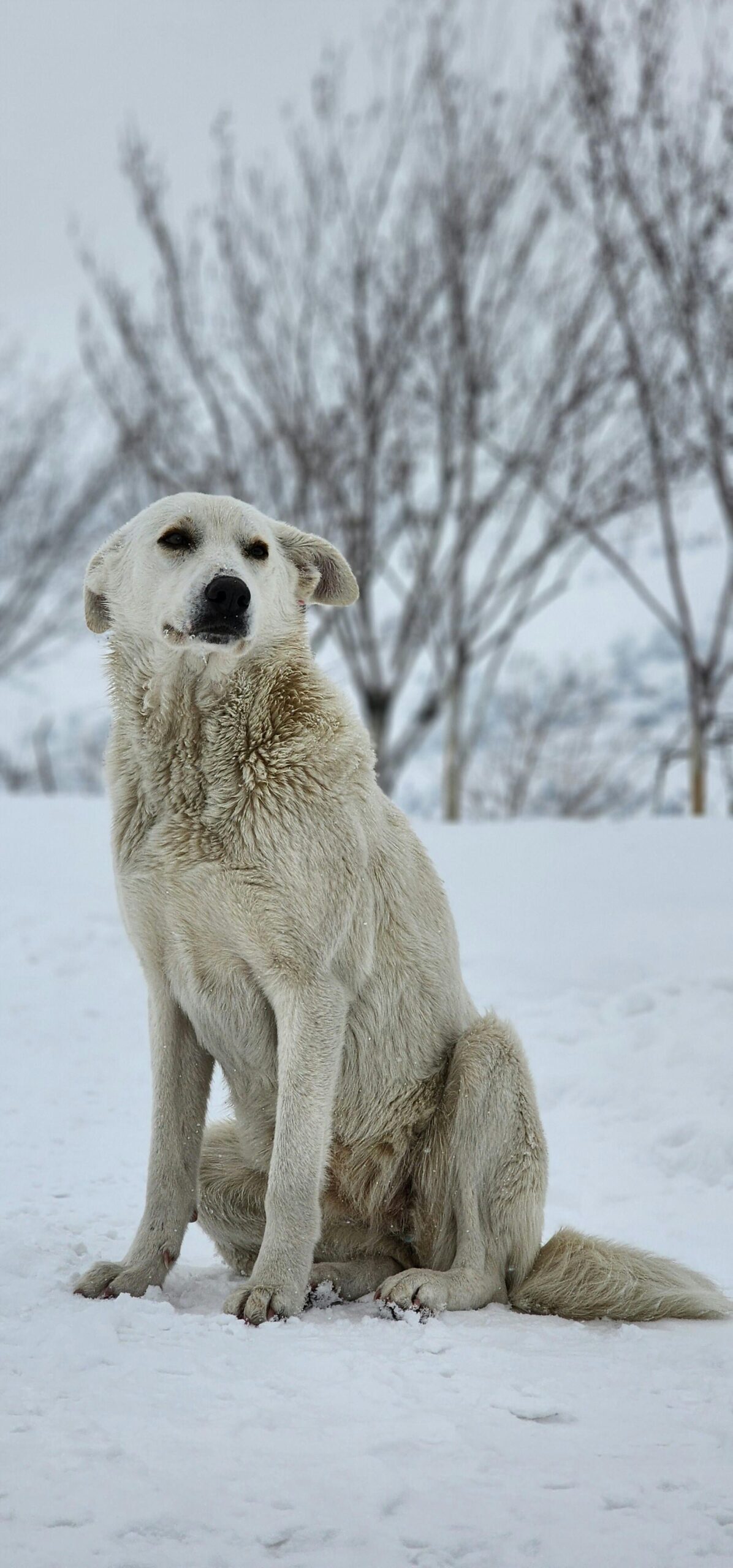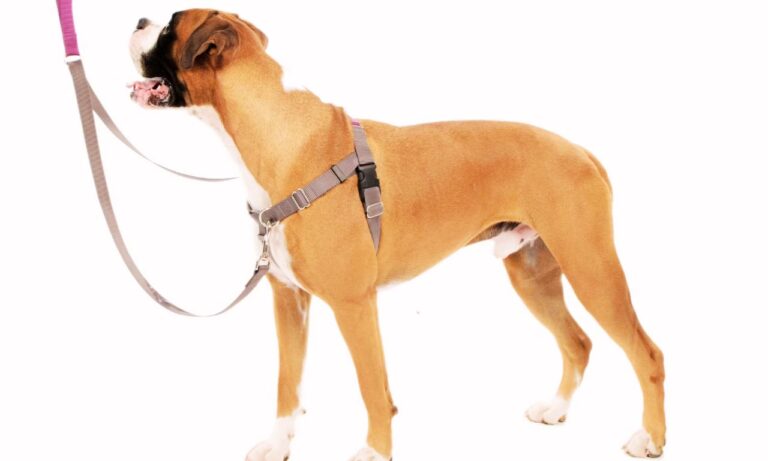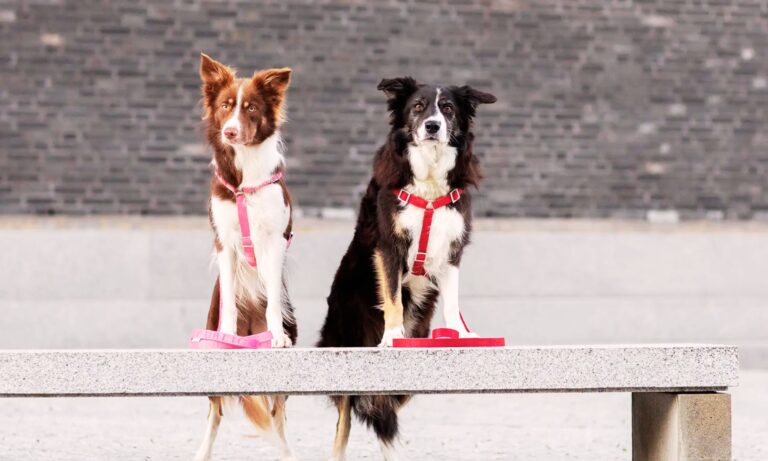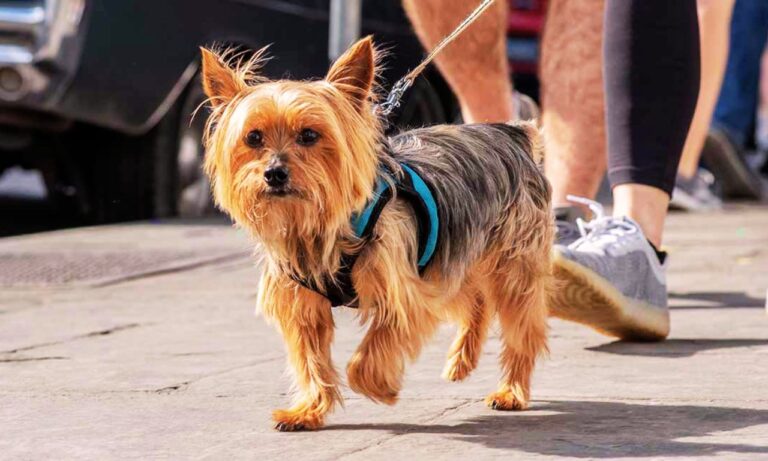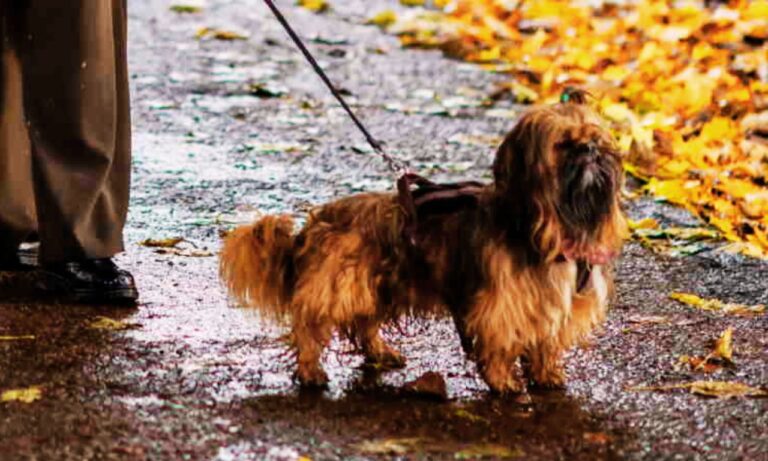| Summary: The Central Asian Shepherd Dog is a large breed, typically weighing between 90 to 150 pounds and standing 25 to 32 inches tall at the shoulder. Males are generally larger than females. Their robust central asian shepherd dog size reflects their history as strong and protective livestock guardians. |
The Central Asian Shepherd Dog, also known as Alabai, is one of the most impressive and ancient breeds in the world. Known for its strength, independence, and protective nature, this breed is a favorite among those who require a guardian for their livestock or family. Understanding the central asian shepherd dog size is essential for potential owners, as this breed is both large and imposing.
Central Asian Shepherd Dogs (Alabais) are massive, weighing 110–170 lbs and standing up to 32 inches tall. GPS dog collars are essential for safely tracking their movement.
I will explore the size, weight, and overall physical characteristics of the Central Asian Shepherd Dog, along with some insights on how their size influences their behavior, training, and health. Find the best dog collars for Dachshunds that accommodate their long bodies and prevent strain on their necks.
Blog Highlights
ToggleWhat is the Central Asian Shepherd Dog?
Before diving into the specifics of size, let’s first understand the background of this breed. The Central Asian Shepherd Dog is a powerful livestock guardian breed originating from the steppes of Central Asia. These dogs have been bred for thousands of years to protect sheep, goats, and other livestock from predators, including wolves, bears, and even large cats.

The Central Asian Shepherd is known for its independence, intelligence, and protective instincts, which make it both a formidable guardian and a reliable companion. Despite its large size, the breed is known for its calm and composed demeanor, especially when they are at home or with their family. Their impressive size requires a strong, confident handler and lots of secure space. Pet tech products assist with managing their diet, exercise, and health needs.
Central Asian Shepherd Dog Size: Quick Fix Table
| Factor | Quick Fix |
| Overfeeding | Provide balanced meals, control portion sizes |
| Lack of exercise | Ensure daily physical activity and mental stimulation |
| Weight management | Monitor weight regularly, consult a vet for guidance |
| Growth issues | Regular vet check-ups for early detection of abnormalities |
| Joint health | Provide joint supplements, avoid high-impact activities in young dogs |
Physical Characteristics of the Central Asian Shepherd Dog
The Central Asian Shepherd is a massive breed with a sturdy, muscular build designed for strength and endurance. Their size is one of the first characteristics that stand out when meeting the breed.
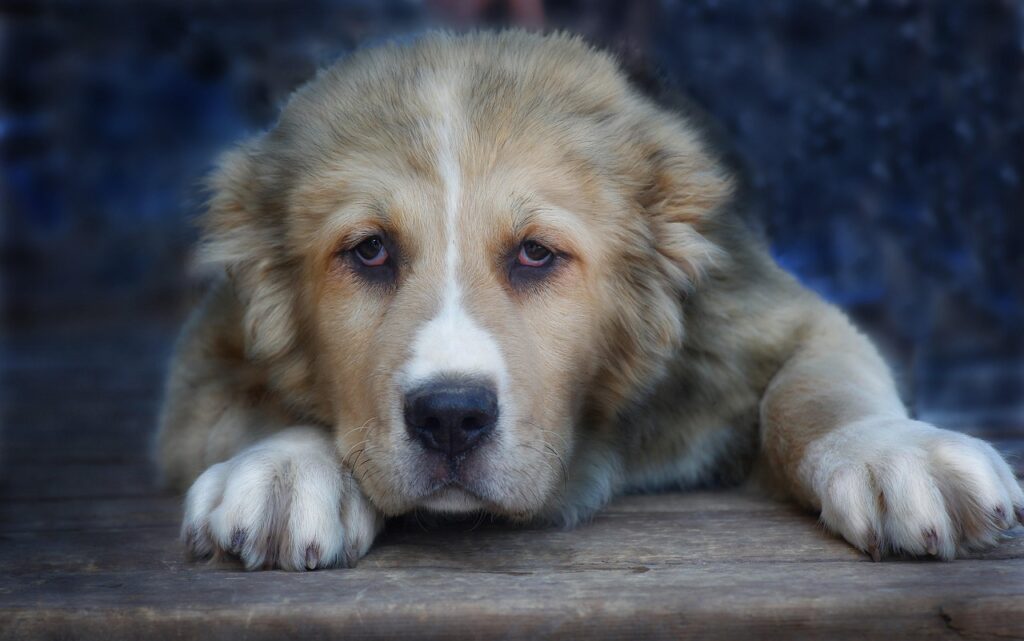
Size and Height
The size of the Central Asian Shepherd varies depending on sex, but both males and females are notably large compared to many other breeds. The height and weight of the dog are crucial factors in determining its overall physical strength and appearance.
- Male Central Asian Shepherd Dogs typically stand between 27 to 30 inches (69 to 76 cm) at the withers (the highest point of the shoulder), with some males even reaching up to 32 inches (81 cm). They usually weigh between 110 to 170 pounds (50 to 77 kg), with larger males occasionally exceeding this weight range.
- Female Central Asian Shepherd Dogs are generally a bit smaller than their male counterparts. They typically stand between 25 to 28 inches (63 to 71 cm) tall at the withers and weigh between 90 to 140 pounds (41 to 64 kg).
The sheer size of this breed is one of the reasons they are so effective as livestock guardians. Their imposing stature helps them protect their flock with ease, deterring potential predators simply by their physical presence.
Bred for endurance and protection, their large build is matched by a calm but watchful nature. Electronic dog collars support consistent training of these powerful dogs.
Coat and Color
The Central Asian Shepherd’s coat is another defining feature. Their thick double coat helps protect them from harsh weather conditions, especially in the freezing winters of Central Asia. The breed’s coat comes in a variety of colors, but the most common are white, fawn, gray, and brindle. Black and tan or sable colors are also seen in some dogs.
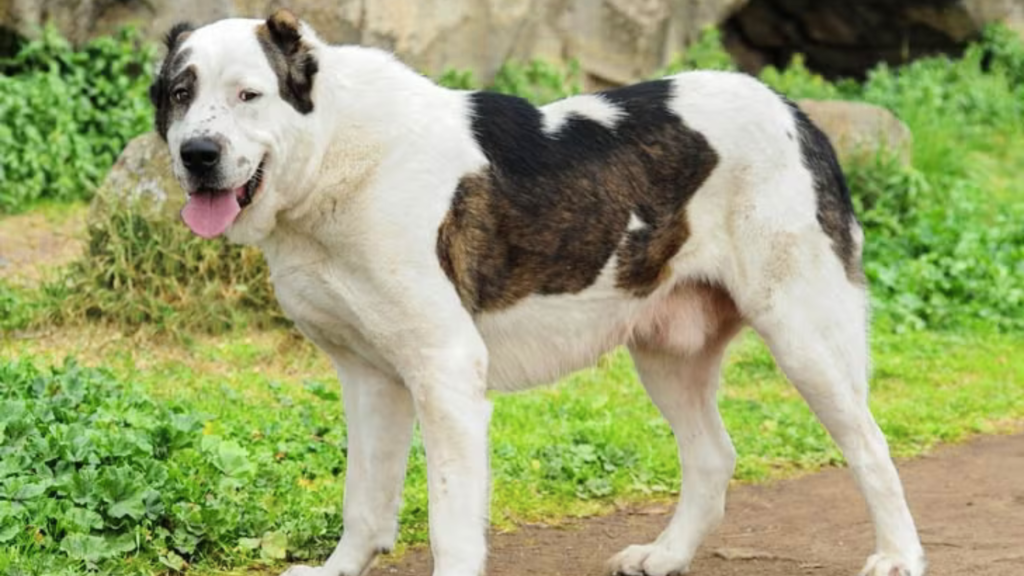
- The outer coat is coarse and dense, providing protection from both cold and heat.
- The undercoat is thick and soft, designed to insulate the dog during colder months.
This double coat plays a significant role in regulating the dog’s body temperature, ensuring that the Central Asian Shepherd is comfortable in extreme temperatures, whether hot or cold.
Get insights into what is best for Dachshunds: a collar or harness for their safety, comfort, and health during walks. Regular exercise and structured routines are crucial to keep them mentally and physically healthy. Dog training equipment is a must for training and control.
Growth and Development: Understanding the Central Asian Shepherd’s Size by Age
Like all dogs, the Central Asian Shepherd grows rapidly in the first few months of life, with a slower rate of growth as it approaches adulthood. Let’s look at the growth chart for this breed to better understand how their size develops over time.
Puppy Size and Weight at 2 to 6 Months
At birth, Central Asian Shepherd puppies are typically small but grow quickly in their first few months. During this time, they will experience a rapid increase in both size and weight.

- 2 months: A typical 2-month-old Central Asian Shepherd puppy weighs between 20 to 30 pounds (9 to 13 kg).
- 4 months: By 4 months, puppies usually weigh between 40 to 60 pounds (18 to 27 kg).
- 6 months: At 6 months, these puppies have already gained significant size and will typically weigh between 60 to 80 pounds (27 to 36 kg). The height at this point will range from 20 to 24 inches (51 to 61 cm).
By this stage, the Central Asian Shepherd is transitioning from a puppy to a young adult, and the rapid growth phase is coming to an end.
Adolescent Size (6 to 12 Months)
From 6 to 12 months, the Central Asian Shepherd continues to grow but at a slower pace. This is the period when the dog will begin to fill out its muscular frame.
- 6 to 9 months: During this period, the dog will gain around 10 to 20 pounds (4.5 to 9 kg) in weight, bringing the total weight to approximately 80 to 100 pounds (36 to 45 kg).
- 9 to 12 months: The dog will continue to grow in both weight and height, reaching a weight range of 90 to 120 pounds (41 to 54 kg), and standing around 26 to 28 inches (66 to 71 cm) tall at the withers.
Adult Size (1 Year and Beyond)
Once the Central Asian Shepherd reaches 12 months of age, it has essentially reached its adult size, though some individuals may continue to fill out and gain muscle mass for another 1 to 2 years. The breed reaches full maturity at 2 to 3 years of age, with no significant changes in size beyond this point.
- Adult males will weigh between 110 to 170 pounds (50 to 77 kg), with heights ranging from 27 to 32 inches (69 to 81 cm).
- Adult females typically weigh between 90 to 140 pounds (41 to 64 kg), with heights ranging from 25 to 28 inches (63 to 71 cm).
At full maturity, the Central Asian Shepherd’s size is imposing, and its physical strength is remarkable. To discover what activities bring joy to Australian Cattle Dogs, check out this detailed guide on What Do Australian Cattle Dogs Love.
Factors That Affect the Size of a Central Asian Shepherd Dog
Several factors influence the size and development of a Central Asian Shepherd, including genetics, diet, exercise, and overall health. Here are some key aspects to consider when assessing your dog’s growth:
1. Genetics
Genetics plays a significant role in determining the size of a dog, and the Central Asian Shepherd is no exception. Breeding practices that emphasize larger dogs typically result in puppies that grow to be on the larger end of the breed’s size range. Conversely, poor breeding practices can lead to stunted growth or physical abnormalities.
2. Diet and Nutrition
Proper nutrition during the puppy stage is crucial for healthy growth. A well-balanced diet ensures that your Central Asian Shepherd gets the right amount of calories, protein, and nutrients to support its growing muscles and bones. Dogs that are malnourished during their growth phase may not reach their full potential size.
- Puppy food: For the first year, Central Asian Shepherds should be fed high-quality puppy food that promotes healthy development.
- Adult food: After 12 months, a balanced adult dog food will help maintain the dog’s size without causing obesity.

3. Exercise and Physical Activity
Exercise is vital for the Central Asian Shepherd’s physical development. However, too much exercise during the puppy stage can cause strain on the growing joints, which could result in joint issues later in life. A moderate amount of exercise is best for puppies, while adults benefit from daily physical activity that includes walks, playtime, and guarding exercises.
- Puppies: Moderate playtime and short walks are recommended.
- Adults: They need at least 1 hour of exercise per day, which can include long walks, runs, and play.
Find out what color collar looks best on a Rottweiler to complement their bold appearance and highlight their unique features.
Health Considerations for a Large Dog Like the Central Asian Shepherd
Given their size, Central Asian Shepherds can be prone to certain health issues that other, smaller breeds may not face. Some of the most common health problems include:
1. Hip Dysplasia
Hip dysplasia is common in large breeds and can lead to joint problems as the dog ages. Regular vet check-ups and proper exercise can help mitigate the effects.
2. Bloat (Gastric Torsion)
Large-breed dogs are also at risk for bloat, a life-threatening condition where the stomach twists. To prevent bloat, owners should feed their dog smaller meals throughout the day and avoid vigorous exercise immediately after meals.
3. Arthritis
As the Central Asian Shepherd ages, it may experience joint pain or arthritis due to its size and weight. Regular low-impact exercise, such as swimming, can help alleviate some of the symptoms.
Conclusion
The Central Asian Shepherd is a powerful and impressive breed, known for its large size and protective instincts. Understanding their central asian shepherd dog size, growth patterns, and health needs is crucial for any potential owner. This breed’s size not only contributes to its majestic appearance but also plays a vital role in its function as a livestock guardian.
By providing proper nutrition, exercise, and care, owners can ensure that their Central Asian Shepherd grows into a strong, healthy, and well-behaved adult dog. With their imposing stature and loyal nature, Central Asian Shepherds make exceptional guardians and companions.
Learn what size collar for a Rottweiler is ideal by following this detailed guide to ensure a perfect fit for your dog’s comfort and safety.

